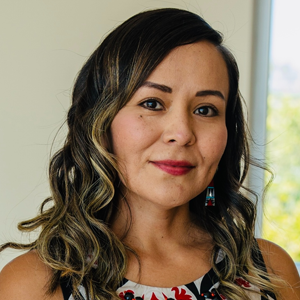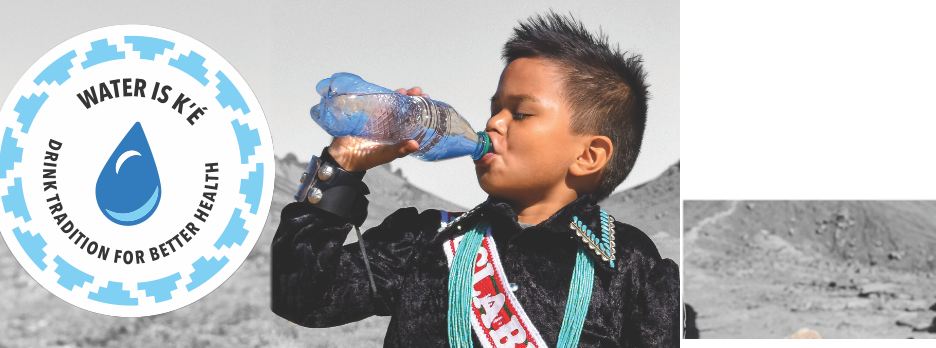In the Navajo Nation, where modern medicine meets traditional practice, an assistant professor in the University of New Mexico’s College of Population Health is helping to create transformative health changes with a simple and life-essential tool: water.
Carmella Kahn, DrPH, MPH of UNM along with the project's principal investigator, Carmen George, MS, Research Manager for community Outreach and Patient Empowerment Program/Brigham and Women’s Hospital are working to increase access and consumption of water to Tribal communities in New Mexico and Arizona.
Colonization, historical and present-day marginalization, and discrimination have created a potent set of structural factors that make access to clean water and nutritious foods difficult on the Navajo Nation. This has resulted in a disproportionately high prevalence of chronic diseases for Navajo/Diné people, particularly heart disease, obesity, and diabetes.
When discussing the likelihood that people will get sick, George explains, "A lot of times it's not 'if', but 'when.'" Seeing the need for change, George and Kahn set out on a mission to create healthier habits, starting with young children. Armed with a community advisory group comprised of public health professionals, educators, and traditional knowledge holders, their project seeks to address health disparities by promoting water consumption and reducing the amount of sugary drinks consumed by Indigenous people in the surrounding Tribal areas.
The Water is K'é (pronounced keh) project began as a community-based water promotion and education effort, encompassing eight communities in New Mexico and one in Arizona. To make water consumption an interesting topic, the team introduced innovative ideas like including recipes for mixing items with water and participated in the Notah Begay III (NB3) Foundation's annual water challenge. The focus was on creating a program that would encourage children to drink more water and fewer sugary drinks. The underlying goal was to delay the onset of chronic diseases.
One key concern was around water cleanliness, so they encouraged families to drink water that they felt was clean and safe for them. They also offered a practical solution by providing Brita water filter pitchers. The results were promising, with increased water consumption observed among the targeted age group. However, the reduction in sugary drinks was not as significant, prompting the team to refine their approach.
Community feedback showed a desire to incorporate cultural and traditional aspects into the program. This led to the development of a four-month long lessons targeted at early childhood education centers. The choice of this age group was strategic, aiming to establish healthy habits at an early developmental stage. The curriculum included lessons on the cultural significance of water, traditional stories, and language practice.
Teachers really appreciated that this curriculum was well-designed and organized. They say that because they're so busy and don't have time to create something like this, they appreciate that every time they opened a lesson it was ready for them and that [this program] has been really easy to implement in their classrooms.
Kahn conducted interviews with teachers involved in the program. The teachers reported a ripple effect, noting positive changes not only in students but also in parents and extended family members. The cultural aspects of the curriculum, including language and traditional stories, stood out as particularly impactful.
Looking ahead, George shared that the project has secured additional funding for expansion. The team aims to include more early childhood education sites, covering a broader geographical area within the Navajo Nation. The project's four-year timeline aligns with their commitment to building on past successes and refining strategies. Kahn expressed gratitude for the opportunity to collaborate on the project, emphasizing the positive experience of being able to contribute to the Navajo Nation as she is also Navajo/Diné.
As Water is K'é continues to make waves, the project stands as a testament to the power of community-driven initiatives, merging cultural wisdom with contemporary health strategies. Through their dedication, Carmella Kahn and Carmen George exemplify how water is not just a resource but a symbol of well-being.
